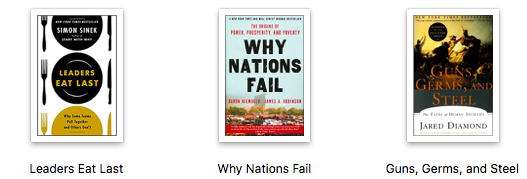Jung's theory divides the psyche into three parts.
The first is the ego, which Jung identifies with the conscious mind.
Closely related is the personal unconscious, which includes anything which is not presently conscious, but can be.
The personal unconscious is like most people's understanding of the unconscious in that it includes both memories that are easily brought to mind and those that have been suppressed for some reason. But it does not include the instincts that Freud would have it include.
But then Jung adds the part of the psyche that makes his theory stand out from all others: the collective unconscious. You could call it your "psychic inheritance." It is the reservoir of our experiences as a species, a kind of knowledge we are all born with.
The contents of the collective unconscious are called archetypes. Jung also called them dominants, imagos, mythological or primordial images, and a few other names, but archetypes seems to have won out over these.
An archetype is an unlearned tendency to experience things in a certain way.
The mother archetype is our built-in ability to recognize a certain relationship, that of "mothering."
It is curious that in primitive societies, phallic symbols do not usually refer to sex at all. They usually symbolize mana, or spiritual power.
Sex and the life instincts in general are, of course, represented somewhere in Jung's system. They are a part of an archetype called the shadow.
The persona represents your public image. The word is, obviously, related to the word person and personality, and comes from a Latin word for mask.
The anima is the female aspect present in the collective unconscious of men, and the animus is the male aspect present in the collective unconscious of women. Together, they are refered to as syzygy
Obviously, there is father, who is often symbolized by a guide or an authority figure. There is also the archetype family, which represents the idea of blood relationship and ties that run deeper than those based on conscious reasons.
There is also the child, represented in mythology and art by children, infants most especially, as well as other small creatures.
The hero is one of the main ones. He is the mana personality and the defeater of evil dragons.
The hero is often out to rescue the maiden. She represents purity, innocence, and, in all likelihood, naivete.
The hero is guided by the wise old man. He is a form of the animus, and reveals to the hero the nature of the collective unconscious.
There is also an animal archetype, representing humanity's relationships with the animal world.
And there is the trickster, often represented by a clown or a magician.
There are other archetypes that are a little more difficult to talk about. One is the original man, represented in western religion by Adam. Another is the God archetype, representing our need to comprehend the universe, to give a meaning to all that happens, to see it all as having some purpose and direction.
The hermaphrodite, both male and female, represents the union of opposites, an important idea in Jung's theory.
The most important archetype of all is the self. The self is the ultimate unity of the personality and issymbolized by the circle, the cross, and the mandala figures that Jung was fond of painting.
The dynamics of the psyche
principle of opposites. Every wish immediately suggests its opposite. If I have a good thought, for example, I cannot help but have in me somewhere the opposite bad thought
According to Jung, it is the opposition that creates the power (or libido) of the psyche.
principle of equivalence. The energy created from the opposition is "given" to both sides equally.
But if you pretend that you never had that evil wish, if you deny and suppress it, the energy will go towards the development of a complex. A complex is a pattern of suppressed thoughts and feelings that cluster -- constellate -- around a theme provided by some archetype.
principle of entropy. This is the tendency for oppositions to come together, and so for energy to decrease, over a person's lifetime.
This process of rising above our opposites, of seeing both sides of who we are, is called transcendence.
The self
The goal of life is to realize the self. The self is an archetype that represents the transcendence of all opposites, so that every aspect of your personality is expressed equally.
Synchronicity
Personality theorists have argued for many years about whether psychological processes function in terms of mechanism or teleology. Mechanism is the idea that things work in through cause and effect: One thing leads to another which leads to another, and so on, so that the past determines the present. Teleology is the idea that we are lead on by our ideas about a future state, by things like purposes, meanings, values, and so on. Mechanism is linked with determinism and with the natural sciences. Teleology is linked with free will and has become rather rare. It is still common among moral, legal, and religious philosophers, and, of course, among personality theorists.


No comments:
Post a Comment